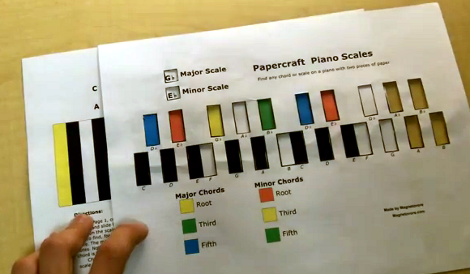Over the past few months, [Magnetovore] has been working on his magnetic cell project. It’s a very interesting instrument that seems right out of the electronic music explosion of the 1970s. Now, he’s ready to share his invention with the world, and we wouldn’t be surprised if we see this instrument being picked up by a few avant-garde musicians in the next few years.
Last September, we were introduced to [Magnetovore]’s magnetic cello. The original version used four ribbon sensors for each of the strings and had completely analog electronics, leaving us wondering why this cello wasn’t invented in the 70s. The new version of the cello keeps the analog electronics that sound remarkably like a real acoustic cello, but does away with three of the ribbon sensors. Now the cello has a single ribbon sensor being used as all four strings – to change which string is played, the musician just has to press a button on the ‘bow’.
There is a drawback to using only one ribbon sensor; it’s now impossible to play two strings simultaneously as on an acoustic cello. The electronics in [Magnetovore]’s original magnetic cello were monophonic anyway, so we’ll chalk this design change-up to reducing component cost.
After the break, you can check out a trio of very talented cellists playing [Magnetovore]’s magnetic cello. There’s the classic Pokemon Center theme, the Mario Bros. theme, as well a Bach minuet and a crazy improvisation showing off what the magnetic cello can do.














